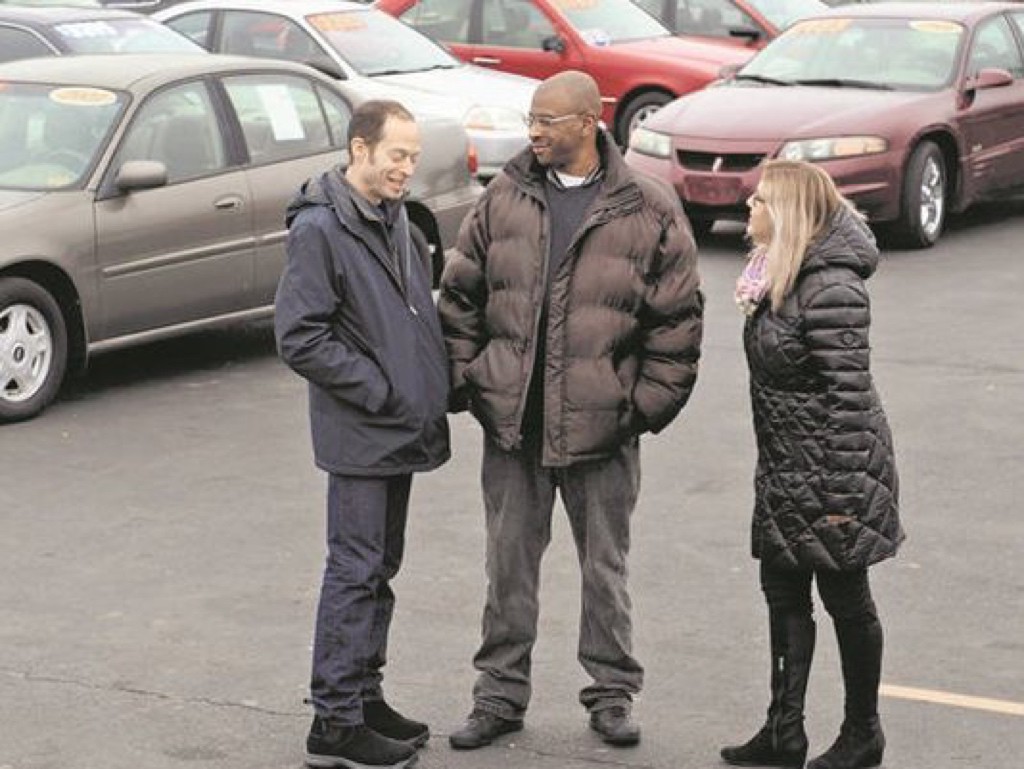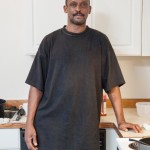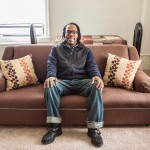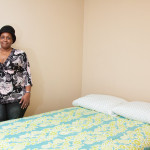It was a sound we weren’t anticipating and one that continues to resonate many years later. Sasha Knight’s enormously palpable sigh was equal parts unadulterated relief and pure exaltation. The year was 2007, and we had just placed a phone call to Sasha, an industrious and resolute single mother working and raising two children in Detroit.
Sasha was one of the first applicants to the Here to Help Foundation, a unique grass roots philanthropic resource based in Royal Oak, Michigan. She had fallen behind in rent after a prior medical emergency, and missing time from work had left her days from eviction and immediate homelessness. When we advised her that Here to Help would help pay her rent arrearage, her speechless expression of intensive relief spoke volumes about her level of distress. Her burden had been lifted and we knew then: the Here to Help Foundation was both effective and potent.
Our assisting Sasha embodies one of the main goals of philanthropy, the relief of human suffering. Here to Help has taken a different approach to accomplishing this objective, as a private foundation that directly assists individuals facing an emergency situation. The personal grants from the Foundation enable individuals to keep moving forward and maintain their self-sufficiency and independence.
Sasha was at a tipping point, a personal crossroads where without help she would fall into a frightening chasm of homelessness, potential unemployment and a spiraling descent into financial insecurity. Here to Help was a life raft in the storm. And when Sasha subsequently expressed her appreciation to the Foundation, she provided a sentiment that has been echoed by many of the more than 4500 individuals the Foundation has helped since its inception: “You have no idea what this means to me!”
Here to Help has provided more than 1000 used vehicles to financially vulnerable working people in need of transportation.
When we launched Here to Help nine years ago, we didn’t yet fully appreciate the brutality of life for so many in our community of southeastern Michigan – the sheer desperation encountered in day-to-day struggles. Nor did we appreciate the magnitude of how much a simple hand up could accomplish. We’ve learned a lot since then, as well as knowledge and empathy gained from helping thousands of individuals facing a crisis as we briefly become immersed within their circumstances.
We’ve helped ex-prisoners reentering society and securing their first apartment, and we’ve helped individuals who once earned six-figure incomes but found themselves living in a homeless shelter and working a minimum wage job after a series of catastrophic events. We’ve eased the burden of women fleeing domestic violence situations by furnishing them a new residence and we’ve supplied used vehicles to hard working individuals exhausted from spending hours and hours each day on public transportation.
Here to Help assists with a wide variety of needs but our major programs include: “Roof Over Head” (rent/security deposit), “Let’s Keep the Lights On” (utilities), “Home Sweet Home” (furniture) and “Road Ready Repairs” (car repair). Our life-changing “Working Cars For Working People” program assists individuals working 35 or more hours per week and in critical need of transportation to get to and from their job and maintain their economic self-sufficiency.
Through these programs, Here to Help has provided more than 1000 used vehicles to financially vulnerable working people in need of transportation; paid the cost of more than 800 critical car repairs; helped with rent and/or security deposits to more than 1000 people, and furnished apartments to more than 1500 individuals or families that were coming from homelessness.

Founders Bob and Robin Schwartz of the Here to Help Foundation and one of their grantees, Bobby Thomas.
As we enthusiastically continue forward with our unique brand of personal philanthropy, we often reflect upon the exact moment that our mission coalesced and our objective emerged.
We spent a long time surveying the areas of immense need in southeastern Michigan and were quickly challenged by the question of how a small private foundation could be effective when the scale of hardship we were facing was so vast. We were faced with an abyss of human problems and the inherent limitations of our ability to address them all. It was then that we fortuitously came upon a quote from Rev. Cecil Williams, the leader of the Glide Memorial Church in San Francisco, whose programs in his community were very successful. Rev. Williams aptly stated: “So many people want to save the world – just try your block will you?”
His words were like a guiding beacon, and we chose to focus on what we could accomplish without feeling burdened or ineffective by the needs we couldn’t address. We concluded we could best relieve suffering by providing direct economic assistance to those who had hit a crisis point. We were determined to follow a different path than other private foundations, which provide grants to public charities to further the latter’s mission. We wanted to be hands-on and provide assistance to individuals in immediate need, who with our help would thereafter be self-sufficient.
We soon found ourselves helping a man in a homeless shelter who had just found employment as a construction worker but who needed a complete set of tools. We helped a young mother avoid the lapse of a life insurance policy as her husband was succumbing to a fatal illness. We assisted a young man who overcame substance abuse, found a job and who needed help with a security deposit. We helped a senior citizen on a fixed income pay the amount required to get on an affordable payment plan for her utilities.
To meet the requirements of our nonprofit status, the Foundation must fully establish that every grantee lacks the basic necessities of life due to poverty or temporary distress. We also impose an additional requirement that Here to Help can only assist if there is a very strong likelihood the applicant would thereafter be able to meet all their monthly economic obligations. We cannot be a temporary solution to an ongoing issue.
We also require that applications for help are submitted by what we term a “Qualified Advocate” representing the individual in need, which includes employees of non-profits, social workers, DHS case workers and other advocates. We’ve now worked with more than 200 non-profits and governmental agencies, filling a void the state cannot. Today, we work with more than 800 Qualified Advocates and assist between 500-600 individuals per year.
The premise of Here to Help is akin to the parable of the boy on the beach throwing starfish back into the ocean when a man tells him: “Don’t you realize there are miles and miles of beach and hundreds of starfish? You can’t make a difference!”
The boy then bent down, picked up another starfish, and threw it back into the surf. Then, smiling at the man, he said, “I made a difference for that one.”
Here to Help cannot cure all the ills of poverty and inequality, and we can’t “save the world.” But if a two person private foundation in southeastern Michigan can impact more than 4500 lives, then we will have made a difference.
As President Theodore Roosevelt stated, “Do what you can, with what you have, where you are.”
We can all do that. We can all make a difference.
Bob and Robin Schwartz are the founders of the Here to Help Foundation.
More images from the Here to Help Foundation:










